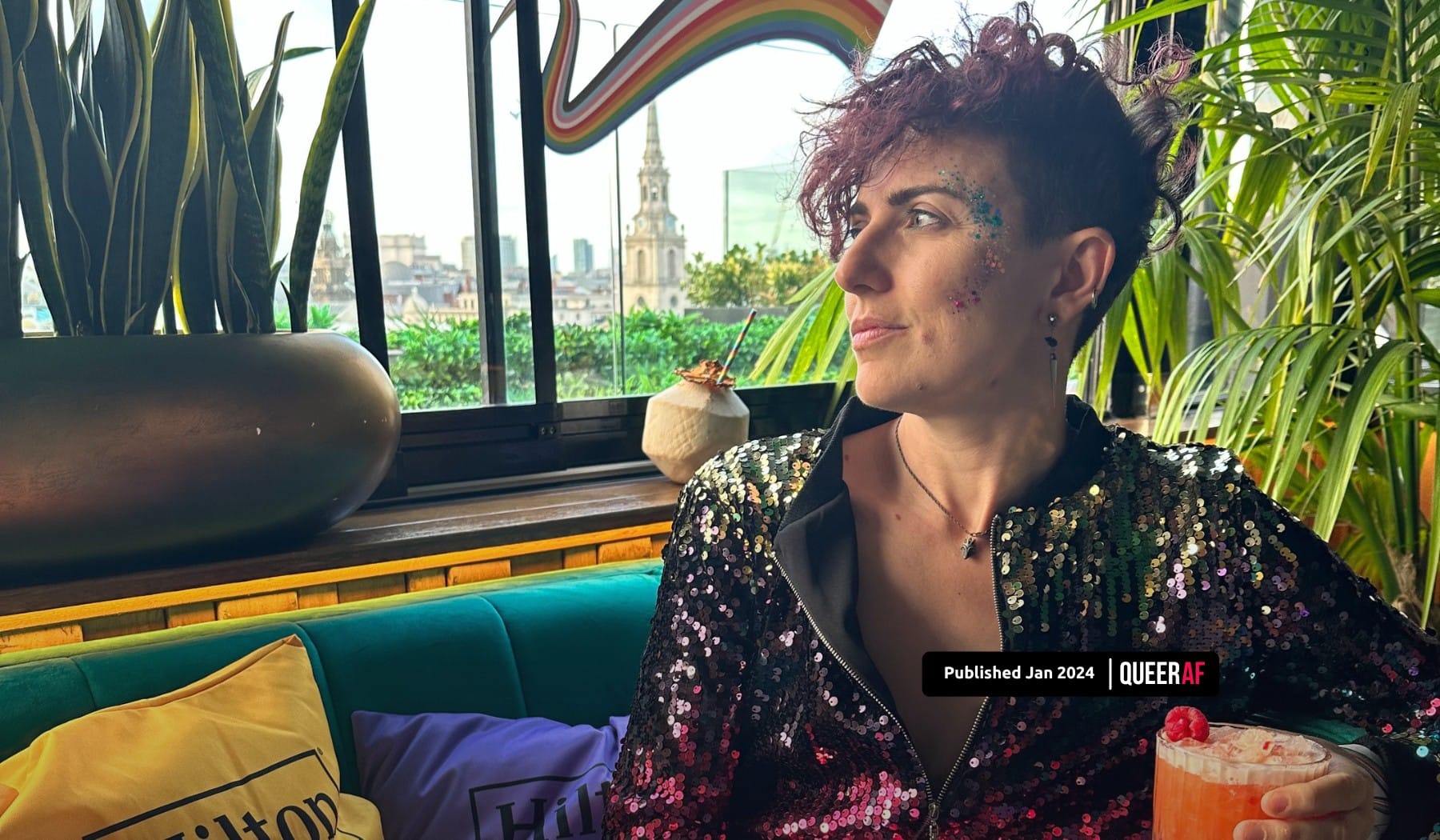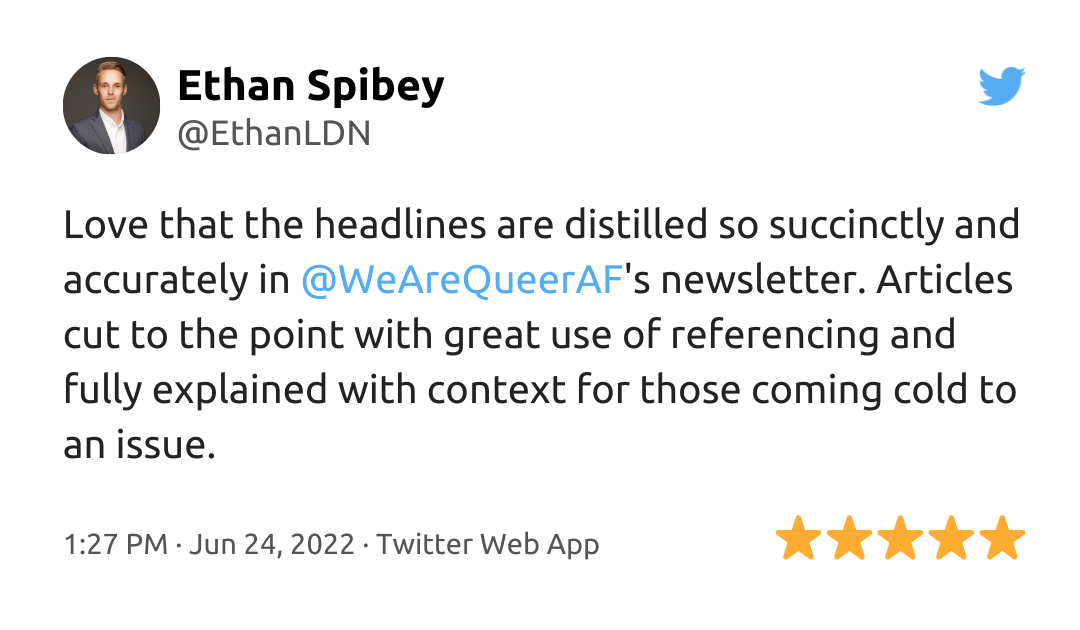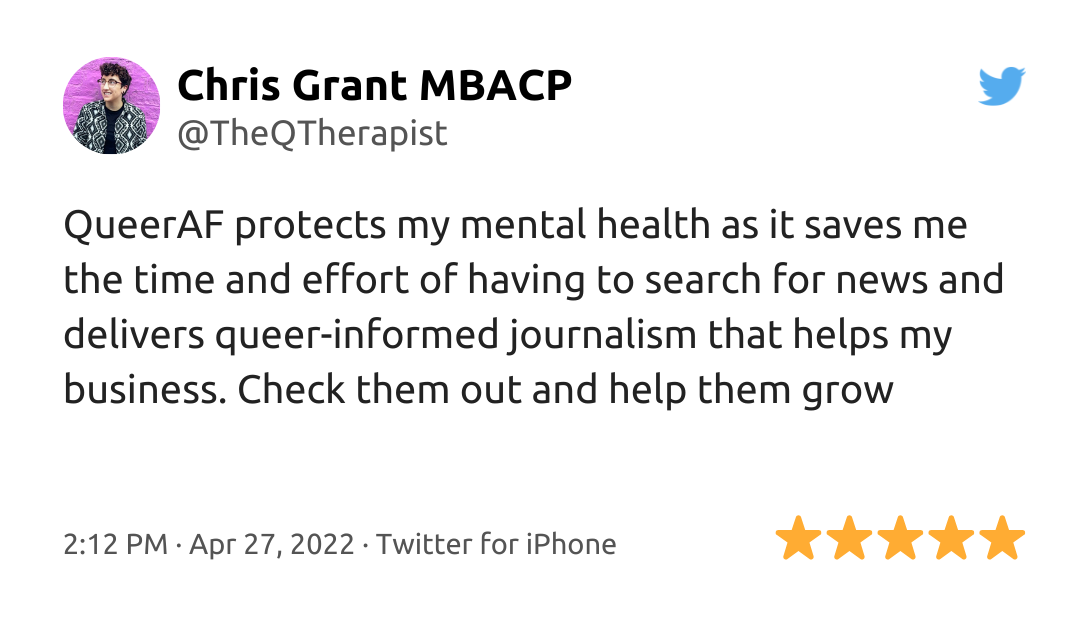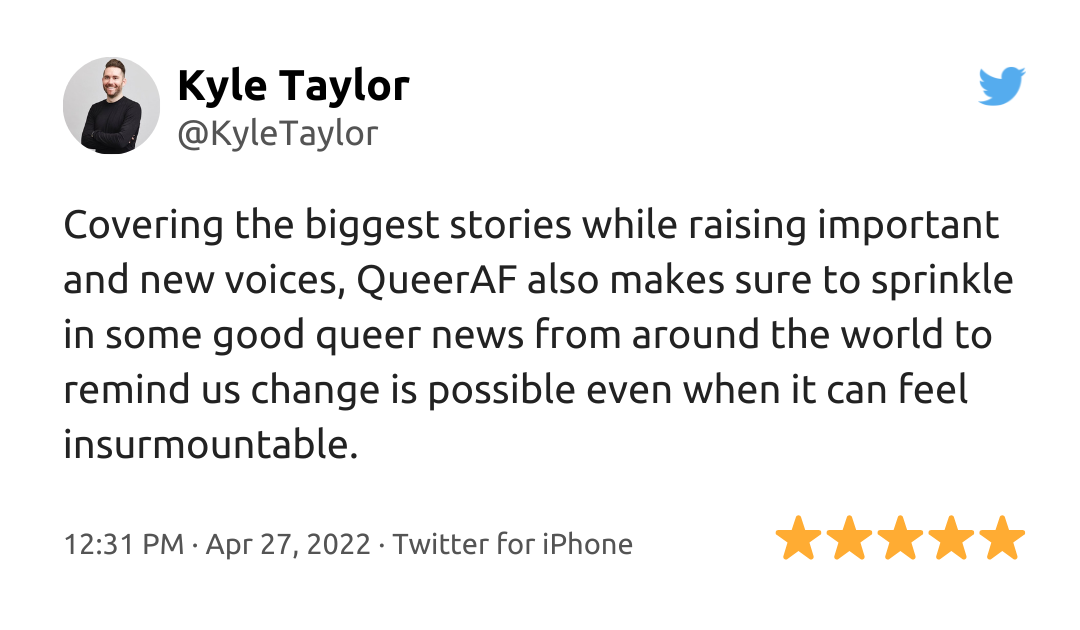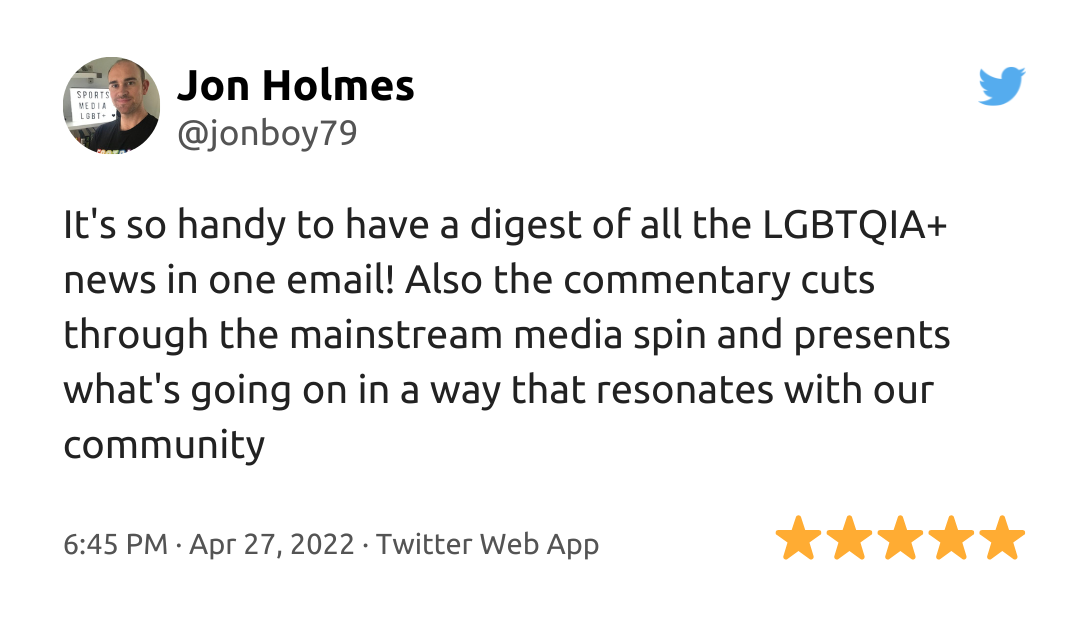
For most Trans+ people, changing what we wear and how we style ourselves is one of the first steps we take into expressing our gender identity after coming out.
But sometimes it’s a way of hiding ourselves because of how uncomfortable we feel with our bodies.
Clothes can be a meaningful tool to communicate with others. I spent quite a long time trying to find resources like the G(end)er Swap LGBTQ+ Clothing Outreach service and reading about other Trans+ experiences with clothes and style. I’ve learned that, as Viktoria Zuziak points out, clothes are something to play with until we find what feels good for us; a way to show others our own identities.
When I look back to my gender expression, I can pinpoint exactly the moment I finally started feeling comfortable with clothes: when I had top surgery.
I never knew what a difference it would make. Feeling and seeing my body for what I always knew it should be. Loving how clothes fit me and seeing glimpses of what I really love coming back to my wardrobe: colour and glitter, crop tops, open shirts and tighter trousers.
As Erin Patterson points out, “Not all trans people experience gender dysphoria, but, for some of us, it can sneak into our daily experiences in ways that we don’t immediately understand.”
Looking back through the years, I can see that shift in my life. It began with hiding my identity and hyper feminising everything about my outside appearance. I wore dresses, skirts, heels and make up, anything I could get my hands on to look as femme as I could, to pass, to escape feeling odd or different. I overcompensated to make sure people wouldn’t know what really was going on inside. But when I started coming to terms with my identity, I went the opposite way, rejecting any sort of feminine clothing.
Then I came out and I didn't want to be misgendered anymore.
I wanted the world to see me as me. Shorter hair, binding to deal with my dysphoria, and wearing baggy clothes - what activist Max Siegel calls “Tran me down” clothes, from other friends further into transitioning. I did a full 360, back to overcompensating again.
Ours is a marginalised community in many ways. Trans+ people often struggle with saving the money we need for life saving surgeries and hormone therapies. So the common practice of gifting clothes to other Trans+ people as we transition into our bodies is a way to create community, to help others and save lives.
Of course, I recognise that not all Trans+ people want or need gender affirming surgery. This is my experience. But for me, it was the moment that lifted me out of a different phase in my life.
We always talk about how clothes and make up have no gender, but we often find ourselves sticking to gender stereotypes in the way we dress so that other people can tell who we are at first glance.
Reclaiming my gender expression and not caring what people think about the way I dress has been one of the many joyous effects of my top surgery.
The difference is striking, I don’t dress anymore to give people an idea of my gender, I simply dress how I want, because I like the clothes I wear. I never knew it could feel this good. It’s truly euphoric.
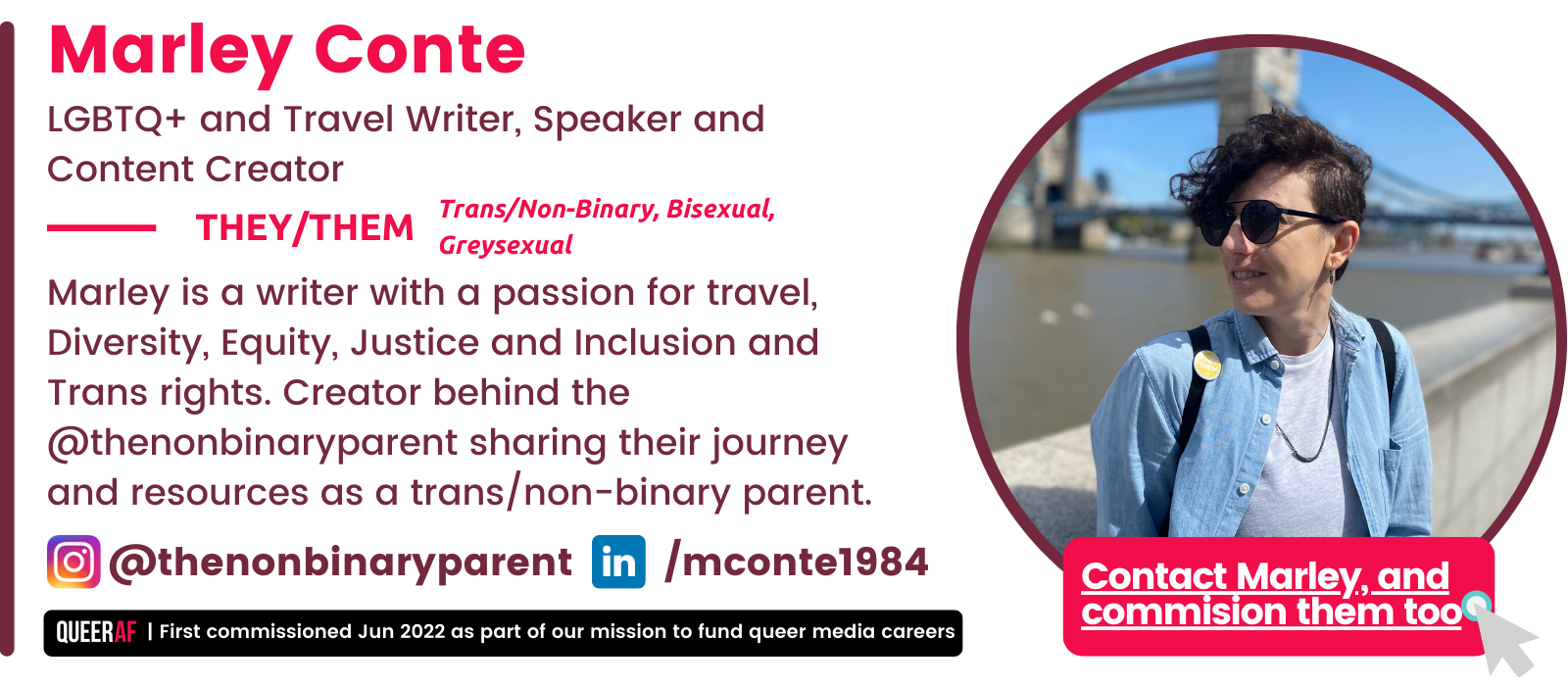
Get the Queer Gaze in your inbox each week with our free weekly newsletter or pitch to write an edition for us now.
Revolutionising the way queer stories are told
We don't accept advertising on our platform or in our newsletter so members are critical to our sustainability. This approach lets us deliver valuable journalism that counts without outside pressures.
Instead of distracting adverts, recurring memberships help ensure we have the ongoing support we need to plan ahead.
It helps us create award-winning schemes that benefit LGBTQIA+ creatives, like our top-rated newsletter and award-winning podcast.
That's why 78% of members choose an annual plan to secure the future our work with one easy payment.
In return, we give you early access to content, the chance to directly commission an article, and we'll list your name next to the content you fund. Can you help directly fund articles like this Queer Gaze?

